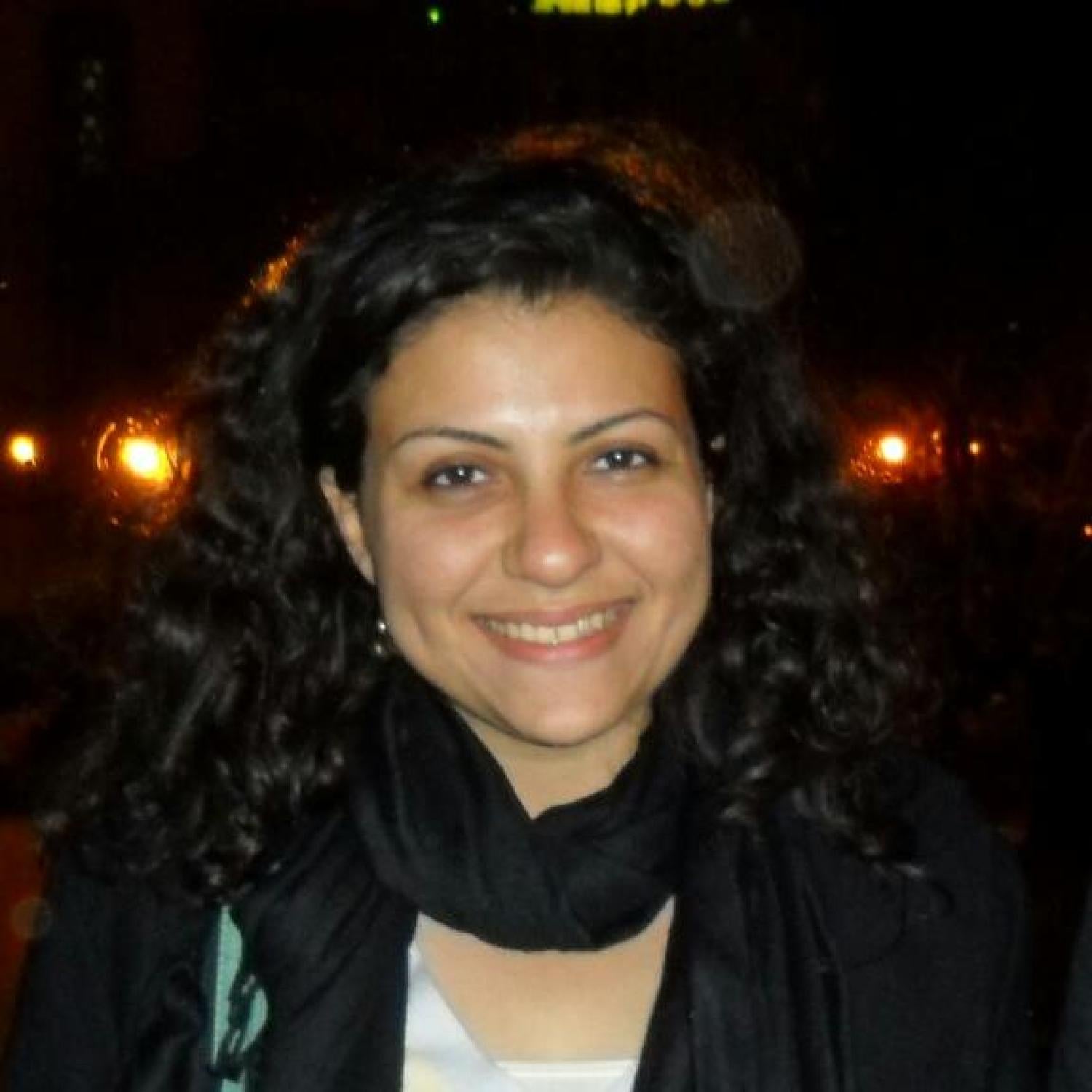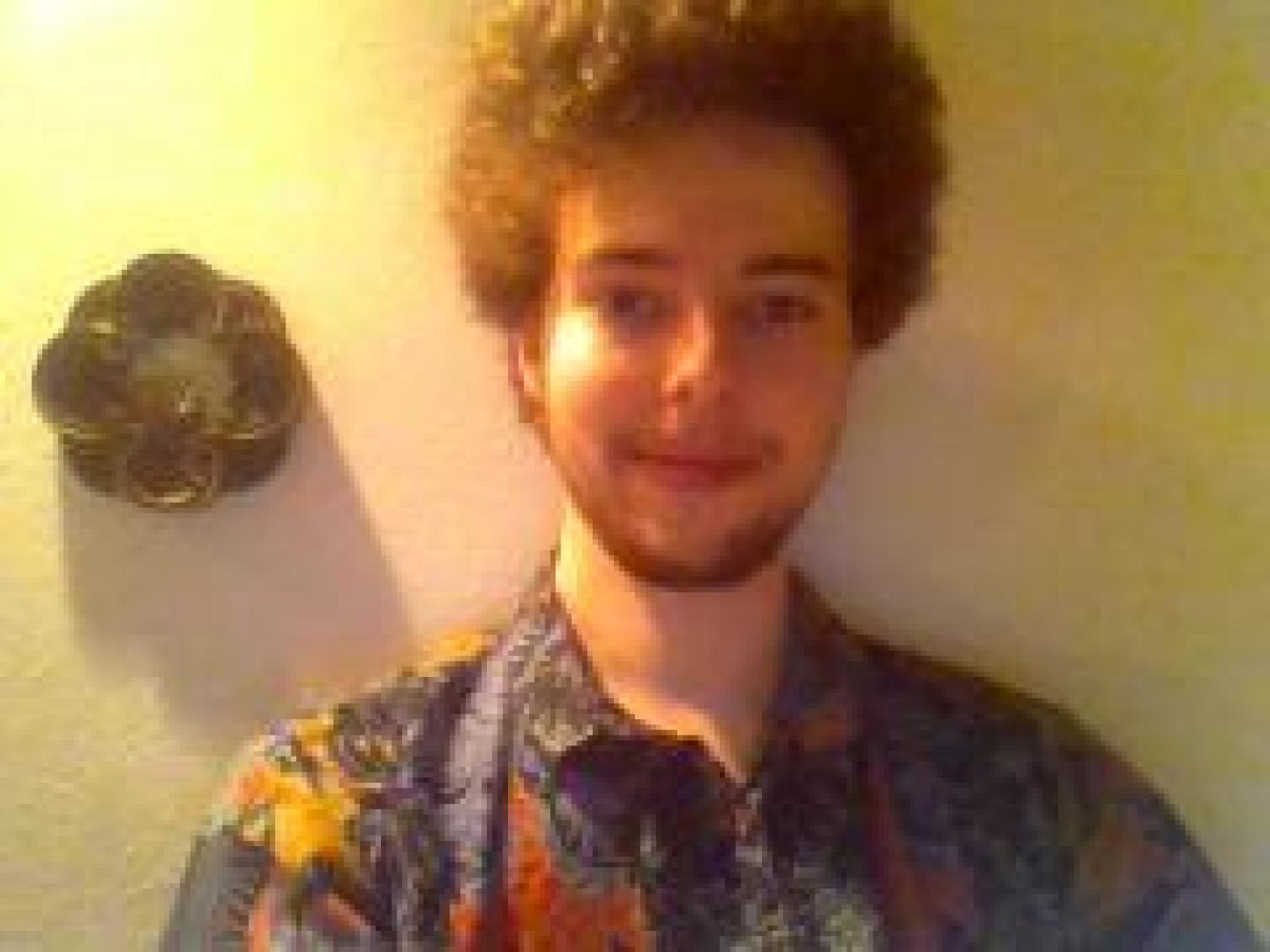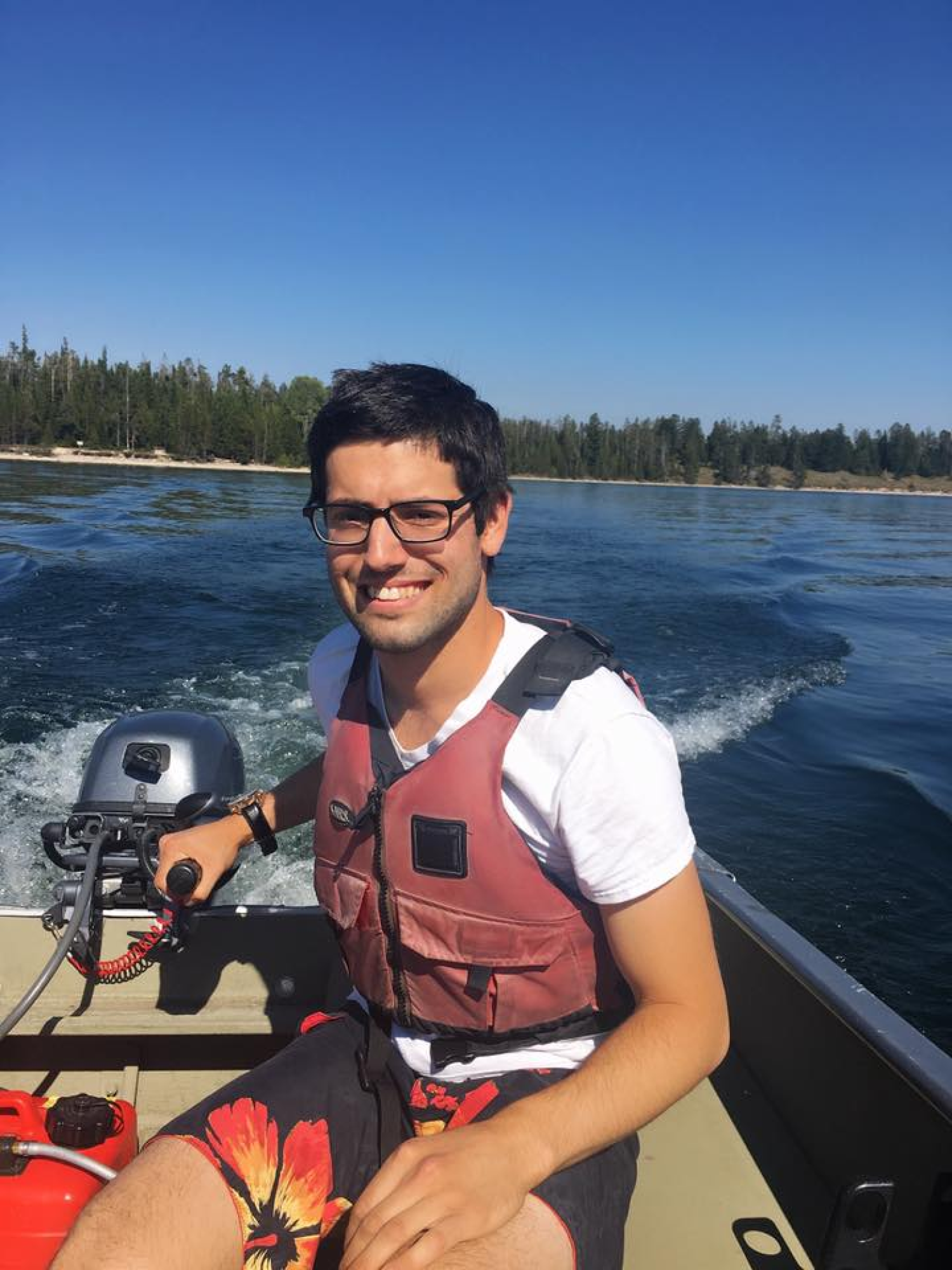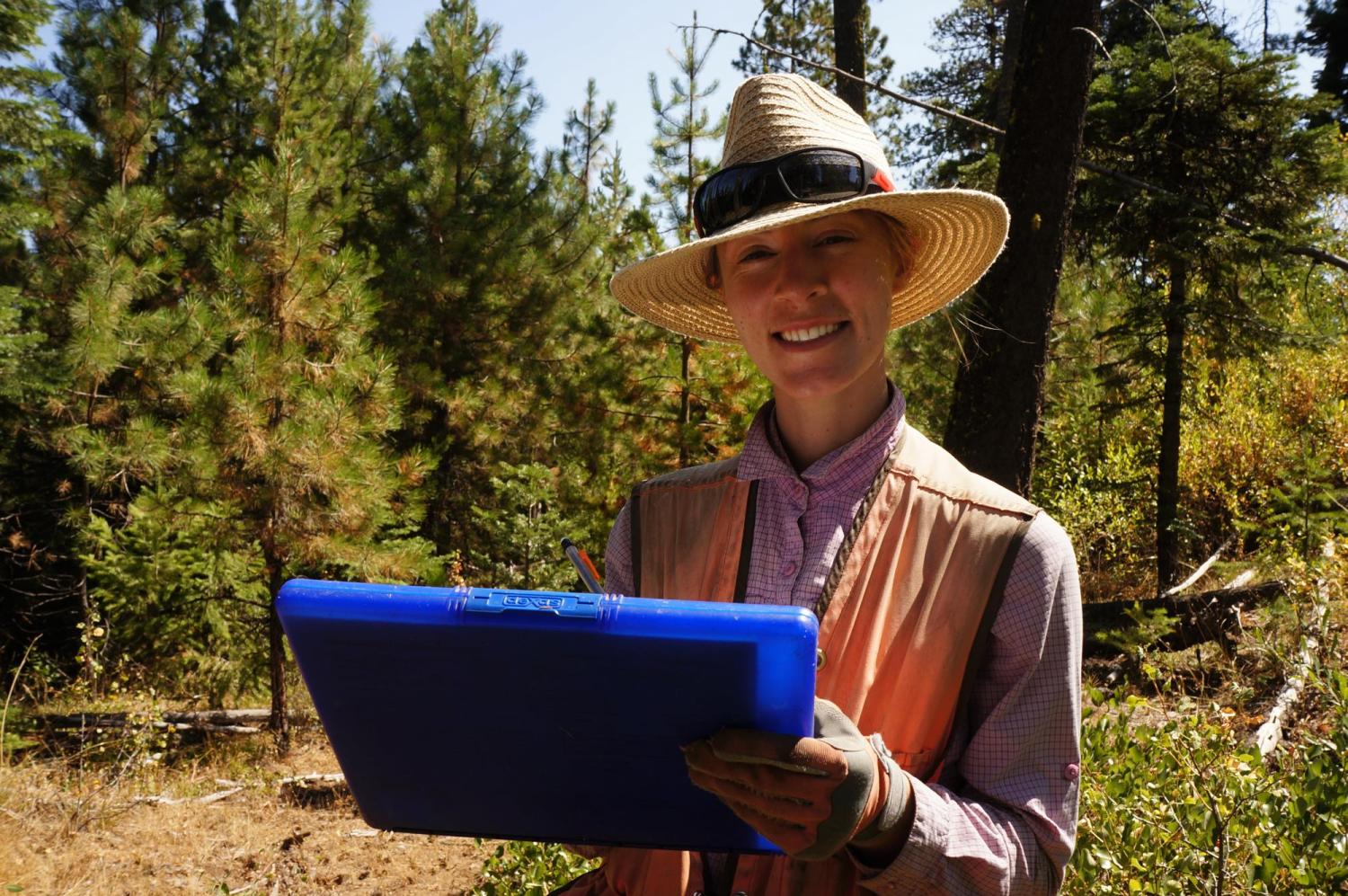Spring 2018 STEMinar Schedule
Spring 2018
Date: Thursday January 25th

Location: Duane 11th Floor Commons Room
Speaker: Mary Bastawrous
Department: Aerospace Engineering
Title: Waves: what happens when they travel through periodic materials?
Abstract: In this talk, I will give an introduction about traveling waves and how they interact with periodicity in materials including some interesting phenomena that occur as a result. Then, I will go through some applications that utilize such interaction, e.g., sound isolation or flow control.
Date: Thursday February 8th

Location: Duane 11th Floor Commons Room
Speaker: Leo Herr
Department: Mathematics
Title: Addition Labyrinths and Ariadne's Thread : Geometry and Algebra for those out of the loop
Abstract: What is shape, what can we say about it, and how do we work with it? Math will develop ever finer, subtler tools for encountering shapes and their peculiarities ad infinitum. The talk concerns a few of these, explained through metaphor and down-to-earth example. My hope is to portray the dialectic between local and global in a vaguely faithful fashion, and perhaps to give philosophical examples of why we care.
Date: Tuesday February 27th

Location: Duane 11th Floor Reading Room
Speaker: Aroob Abdelhamid
Department: Atmospheric Chemistry
Title: Colors of the Sky
Abstract: Why is the sky blue? What is a rainbow? Have you ever wondered where all the different colors you see in the sky come from? Join an atmospheric chemist as she walks you through the basics of light interactions in a dynamic atmosphere!
Date: Thursday March 8th
Location: JSCBB (Biotech) B331
Speaker: Kelsie Anson
Department: Biochemistry
Title: Taking a cellular look at an essential metal
Abstract: Zinc deficiency is a huge health concern in developing countries, with symptoms including developmental delays and the inability to fight off diseases. As a biochemist, I want to understand why zinc is so important and how it interacts with proteins and signaling pathways in cells. I am particularly interested in pockets in the brain that release zinc and how that impacts cell behavior. My project spans molecular biology, biochemistry, and biological engineering to ask how large changes in zinc can act as cell signals and to build tools to study these signals in a way that tries to disturb the cell as little as possible.
Speaker: Tobin Hammer
Departments: Ecology and Evolutionary Biology, CIRES
Title: Do all animals need microbes? The case of caterpillars
Abstract: Biology is undergoing a paradigm shift. Microbes residing in and on animals--the microbiome--are now recognized to play critical and often surprising roles in animal development, behavior, and physiology. Most microbiome studies are conducted on groups like humans, mice, cows, and termites, but are these systems generalizable to all animals? I will discuss my dissertation research into the unique nature of the caterpillar microbiome, and what caterpillars can tell us about the evolution of host-microbe interactions.
Date: Tuesday March 20th

Location: Duane 11th Floor Reading Room
Speaker: Loren Matilsky
Department: Astrophysics and Planetary Sciences
Title: Cycles on the Sun: the Mystery of the Sun's Magnetic Field
Abstract: Though it may not seem like it, the Sun goes through a 22-year cycle which involves its magnetic field. How does this solar cycle arise and what effects does it have for life on Earth? After years of research by many experts in the field, there are still fundamental unanswered questions surrounding the solar magnetic field. I will describe some ongoing efforts by the solar physics community (including my own) to understand the Sun's variation over time, and hopefully draw some connections between the magnetic cycles on stars in general and the search for Life in the Universe.
Date: Thursday April 5th

Location: Duane G126
Speaker: Omkar Supekar
Department: Mechanical Engineering
Title: Electrowetting Adaptive Optics for High-Resolution Microscopy
Abstract: Fluorescence (confocal and 2-photon) microscopes have become powerful tools for neuronal imaging and expanding our understanding of the brain. Laser scanners are an important component of these microscopes. A laser beam can be manipulated (focus/defocus, and laterally moved) using the principle of electrowetting, which governs the wetting properties of a liquid droplet on a surface under an applied electric field. I will talk about advances in electrowetting based liquid adaptive optics and their potential for high-resolution microscopy, especially for neuronal imaging of live freely behaving animals. I will also share some of our recent results of electrowetting based laser scanners for 2-photon excitation (2PE) microscopy.
Date: Tuesday April 17th
Location: Duane 11th Floor Reading Room

Speaker: Angela Boag
Department: Environmental Studies
Title: Does life find a way?: Forest regeneration in the era of megafires
Abstract: Increasingly frequent large wildfires raise questions about forest recovery, particularly as the climate warms. Field research in eastern Oregon adds to a growing understanding of when and where forests regenerate following wildfire.
Date: Thursday May 3rd

Location: Duane 11th Floor Commons Room
Speaker: M. C. Flux
Department: Clinical Psychology
Title: The Immune System Blues
Abstract: As our understanding of mental illness grows, it becomes increasingly clear how little we know about their etiology. Though depression affect more that 16.1 million Americans in a given year, we are only just beginning ot understand that it may be a much more heterogeneous condition that once thought. Immune-related depression appears to underly the etiology for a subset of depressed people, but how does that work, and what implicaitons does it have for treatment? Take a tour of the mind and body, from the past to the future to gain insights into the molecular, cellular, and behavioral mechanisms underlying immune-related mood changes.

